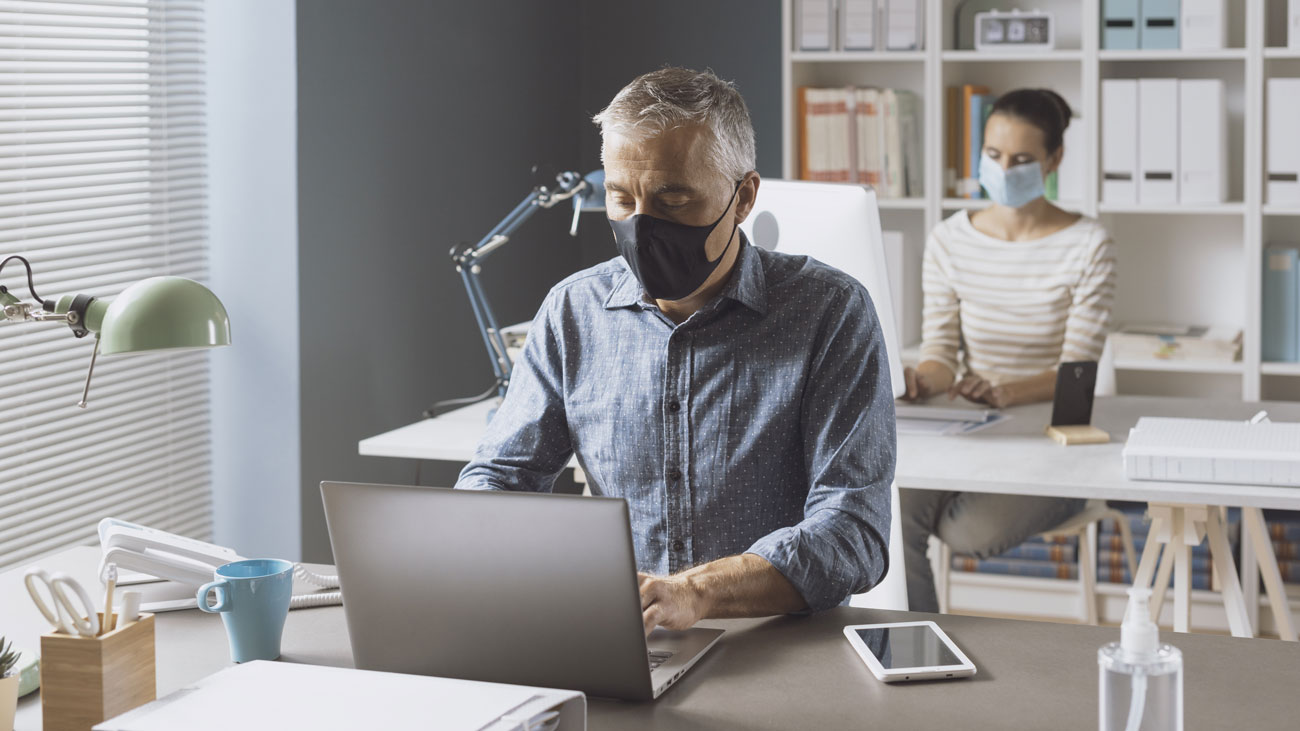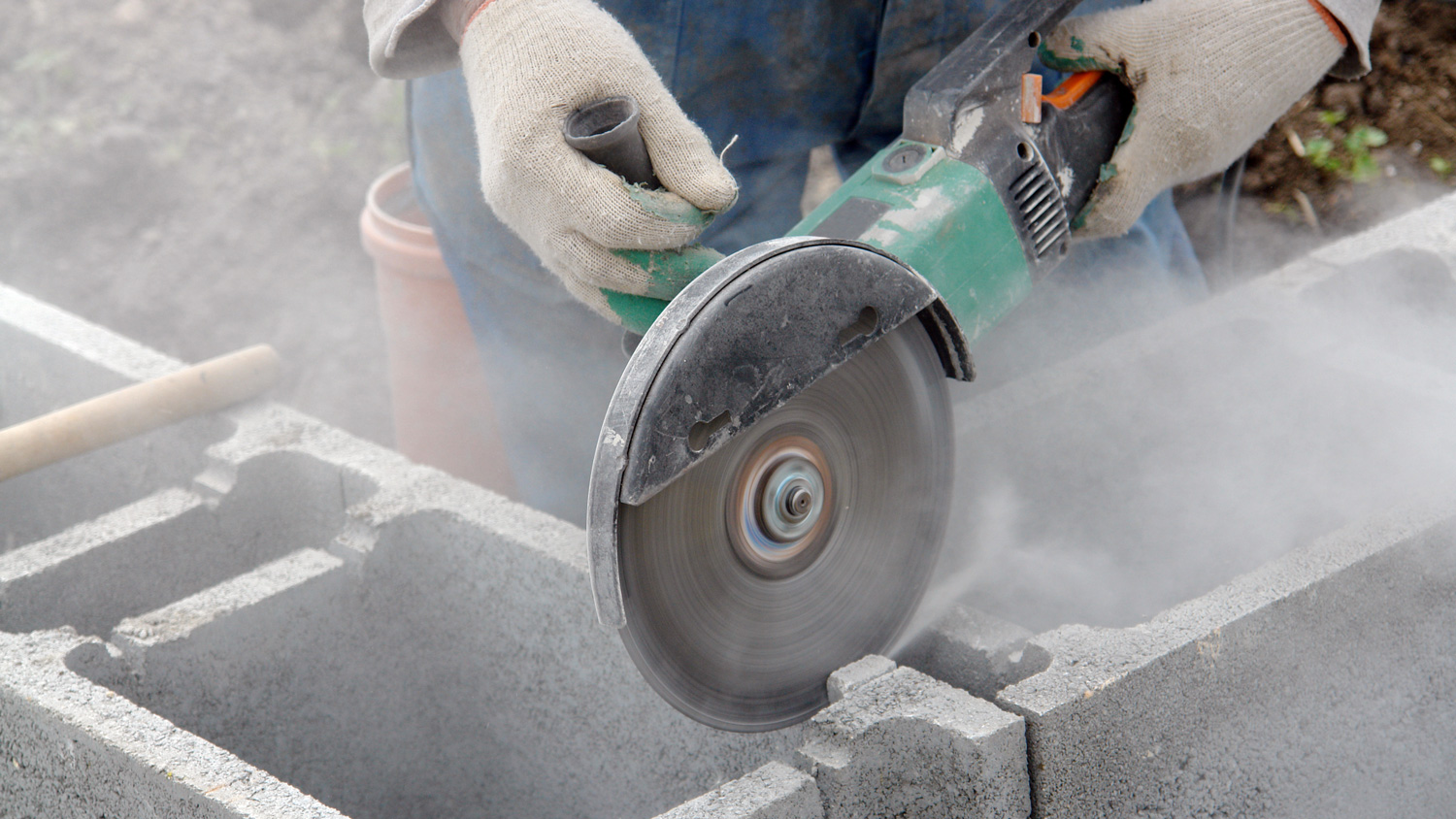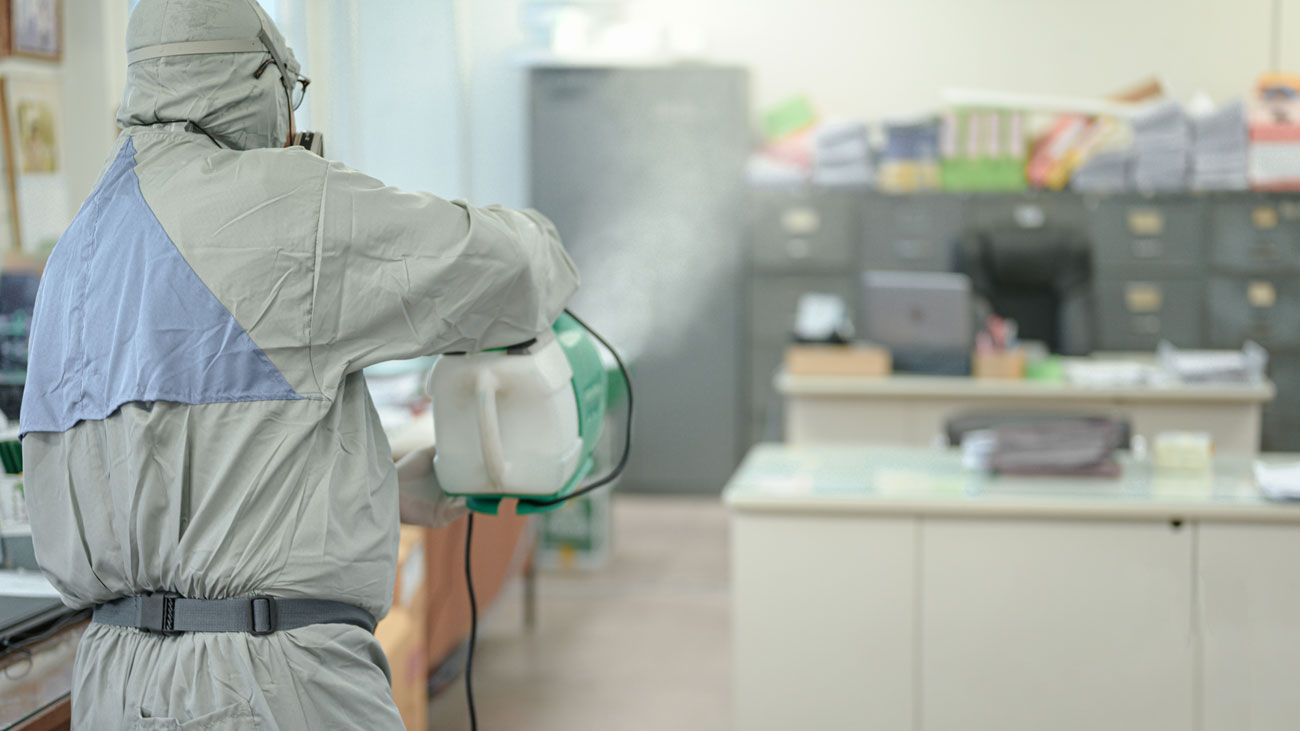
Why is PPE so important for the manufacturing industry?
Every industry has its own set of hazards, some of which affect all industries – such as fire. However other industries, such as manufacturing, have more than their fair share of risks and are more in need of protection. It’s for industries such as manufacturing that personal protective equipment (PPE) regulations primarily exist.
In an office environment, for example, the risks surround manual handling, display screen equipment, electrical equipment and trip hazards.
In manufacturing, the very nature of the work is hazardous.
This is where personal protective equipment (PPE) comes in; because the risks can only be reduced so much, the next logical step is to minimise the likelihood of effects. There are a number of everyday risks encountered by those working in the manufacturing industry. PPE and PPE Regulations are intended to protect against these specific threats:
Protection from hazards
Manufacturing environments often involve various hazards such as moving machinery, sharp objects, chemicals, high noise levels, and falling objects. PPE helps protect workers from these hazards by providing a physical barrier between them and potential sources of injury or illness.
Legal compliance
Regulation, such as the Personal Protective Equipment at Work (Amendment) Regulations 2022, require employers to provide PPE to workers when hazards cannot be adequately controlled through other means. Compliance with these regulations is essential to avoid fines, penalties, or legal liabilities.
Risk reduction
PPE serves as a last line of defence when engineering controls, administrative controls, and safe work practices are not sufficient to eliminate or mitigate workplace hazards. It helps reduce the risk of injury or illness when workers are exposed to potentially harmful conditions.
Worker safety and health
Ensuring the safety and health of workers is paramount for any industry, including manufacturing. Providing appropriate PPE demonstrates a commitment to protecting employees' wellbeing and can contribute to a positive safety culture within the organisation.
Reduced incidents and costs
Proper use of PPE can help prevent workplace accidents, injuries, and illnesses, leading to reduced absenteeism, worker compensation claims, and associated costs for employers. It also helps minimise production downtime caused by injuries or accidents.
Employee confidence and morale
Knowing that they are adequately protected by PPE can boost employees' confidence and morale, leading to increased productivity and job satisfaction. Workers are more likely to perform their duties effectively when they feel safe and supported by their employers.
Industry reputation
Companies that prioritise worker safety and health, including the provision of appropriate PPE, tend to have better reputations within the industry and among customers, investors, and the public. A positive reputation can contribute to long-term business success and sustainability.
Emergency preparedness
In situations such as chemical spills, fires, or other emergencies, PPE can be essential for protecting workers and enabling them to respond effectively to the situation without risking their safety or health.
Overall, PPE is critical for maintaining a safe and healthy work environment in the manufacturing industry, protecting workers from a wide range of occupational hazards and contributing to the overall success and sustainability of businesses.
Here's a breakdown of common types of PPE used in manufacturing:
- Eye and face protection: Safety glasses, goggles, face shields, or full-face respirators protect against impact, chemical splashes, dust, and other airborne particles. They are essential when working with machinery, chemicals, or in environments with flying debris.
- Head protection: Hard hats or safety helmets protect against head injuries caused by falling objects, bumps, or electrical hazards. They are necessary in areas where there is a risk of overhead impacts or when working with heavy equipment.
- Respiratory protection: Respirators filter out airborne contaminants such as dust, fumes, vapors, and gases. Different types of respirators, including disposable masks, half-face respirators, and powered air-purifying respirators (PAPRs), are used depending on the level of exposure and the specific hazards present.
- Hearing protection: Earplugs and earmuffs help reduce noise exposure and prevent hearing loss in noisy manufacturing environments. They are particularly important when working with loud machinery or tools.
- Hand protection: Gloves protect hands from cuts, abrasions, burns, chemical exposures, and other hazards. Different types of gloves are available, including leather, rubber, neoprene, and nitrile gloves, chosen based on the specific tasks and materials being handled.
- Foot protection: Safety shoes or boots with reinforced toes and soles protect against crushing injuries, punctures, slips, and falls. They are essential in areas where heavy objects are moved or stored, or where there are risks of chemical spills or electrical hazards.
- Body protection: Coveralls, aprons, vests, and other clothing protect against chemical splashes, sparks, and other workplace hazards. Flame-resistant (FR) clothing is necessary in environments with fire or arc flash hazards.
- Fall protection: Harnesses, lanyards, and anchor points are used to prevent falls from height in manufacturing facilities with elevated work areas such as platforms, scaffolds, or roofs. Fall protection equipment is essential for workers involved in construction, maintenance, or repair activities.
- High-visibility clothing: Reflective vests or garments increase visibility and reduce the risk of accidents in low-light conditions or areas with moving vehicles or equipment.
- Heat and cold protection: Insulated clothing, cooling vests, or heat-resistant suits protect workers from extreme temperatures in environments with heat-generating equipment or exposure to hot or cold materials.
Proper selection, use, maintenance, and replacement of PPE are crucial to ensure its effectiveness in protecting workers from occupational hazards. Employers must provide appropriate training and supervision to ensure that employees understand how to use PPE correctly and consistently. Regular assessments of workplace hazards and PPE needs are essential to maintain a safe working environment in manufacturing.







